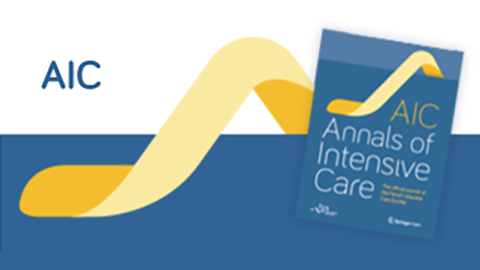13/05/2020


Source
Abstract
Background
Although recently published randomised controlled trials did not confirm significant positive effect of ART-123 or polymyxin B‑immobilised haemoperfusion (PMX-HP) on survival outcome, previous studies using a dataset of 3195 patients with sepsis registered at 42 intensive care units throughout Japan revealed significantly reduced mortality following these treatments. A study has suggested the efficacy of combination therapy with ART-123 and PMX-HP; however, it did not evaluate the effect modification between them. We hypothesised that coadministration of ART-123 and PMX-HP has a significant positive effect modification on survival outcome. The purpose of this study was to evaluate the effect modification between ART-123 and PMX-HP treatment on the survival outcome of sepsis using post hoc analysis of the dataset of the Japan Septic Disseminated Intravascular Coagulation registryResults
Of the 3195 patients recorded in the registry, 2350 were analysed. The product term between ART-123 and PMX-HP was analysed by the Cox regression model to evaluate significance. The primary outcome of this study was hospital mortality. Although the administration of ART-123 was independently positively associated with survival outcome (adjusted hazard ratio [HR]: 0.834, 95% confidence interval [CI] 0.695–0.999; P = 0.049) in the model prior to the introduction of the product term, a significant effect modification on survival outcome was observed between the administration of ART-123 and PMX-HP treatment (adjusted HR: 0.667, 95% CI 0.462–0.961; P = 0.030)Conclusions
The main effect of the administration of ART-123 may be beneficial for survival outcome in patients with sepsis. In addition, a significant beneficial effect modification on survival outcome was observed between the administration of ART-123 and PMX-HP treatment.Liens article
©2020 The Author(s)